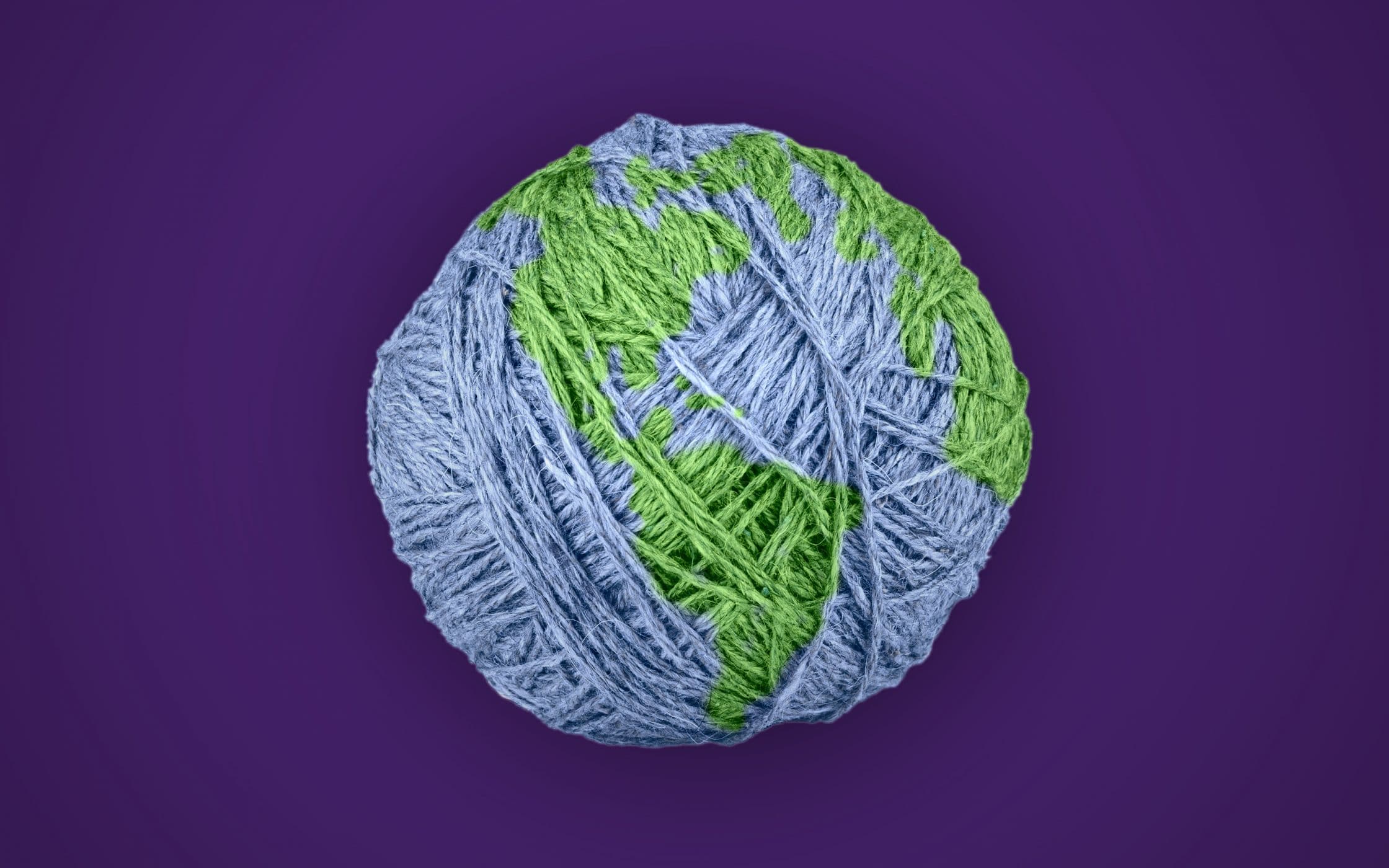Cape Town Sustainable Fashion: Environmentally Friendly Trends to View
Cape Town Sustainable Fashion: Environmentally Friendly Trends to View
Blog Article
Keep Ahead of the Curve by Discovering Ingenious Fashion Fads
In a sector as vibrant as fashion, remaining in advance involves more than simply following current trends-- it requires an expedition of technology. The convergence of innovation and fashion heralds a new age of customer involvement.

Accepting Smart Textiles
In recent times, the fashion sector has witnessed a transformative shift with the integration of smart fabrics, a sophisticated innovation that blends modern technology with textile. This evolution stands for not just a combination of appearances and functionality however also a considerable jump towards sustainability and personalization in fashion. Smart textiles, also referred to as e-textiles, embed sophisticated electronic devices such as sensing units and conductive strings within the fabric, enabling garments to communicate with the setting or the user.
These textiles are designed to check physical criteria, such as heart price or body temperature, giving real-time health and wellness analytics. Past health applications, smart textiles are additionally being made use of for flexible clothes, which can change color or pattern in feedback to environmental stimulations, hence providing a dynamic fashion experience.
Furthermore, the growth of energy-harvesting textiles that create power from movement or sunshine is paving the way for self-dependent wearable innovation. This innovation is appealing to ecologically aware customers and designers intending to minimize the environmental impact of style. As r & d in this area advance, clever fabrics are expected to become significantly widespread, reshaping the landscape of modern-day style with their multifunctional capacities.
The Rise of 3D Printing
Changing the production landscape, 3D printing has arised as a game-changer in the fashion business. This advanced technology has made it possible for designers to push the boundaries of imagination, generating elaborate and customized garments that were formerly unbelievable. By leveraging digital layout and additive production, 3D printing facilitates the production of intricate geometries and patterns, permitting developers to try out brand-new structures and frameworks.
A noteworthy advantage of 3D printing in vogue is its capacity to produce on-demand, lessening waste and decreasing stock requirements. This performance not only optimizes manufacturing procedures yet additionally permits rapid prototyping, allowing developers to bring their visions to life in a much shorter timeframe. Furthermore, 3D printing sustains modification somewhat unmatched by conventional methods, providing tailored fits and distinct designs tailored to specific consumer preferences.
The surge of 3D printing has additionally equalized fashion, making it easily accessible to arising designers who can currently fabricate top quality pieces without significant financial investment in typical production facilities. As innovation continues to advancement, the garment industry is poised to harness the complete possibility of 3D printing, discovering brand-new materials and methods that will undoubtedly redefine just how fashion is developed and generated.
Lasting Style Developments
As the apparel industry faces journalism need for ecological responsibility, lasting fashion innovations have emerged at the center of transformative modification. The growing awareness of ecological impact has sustained a shift towards even more eco-conscious practices and products. Brands and designers are now focusing on sustainability, incorporating methods that reduce waste and minimize carbon footprints.
One significant growth is the surge of circular fashion, which highlights recycling and upcycling to prolong the lifecycle of garments. This method not only minimizes waste but also motivates customers to take on a much more mindful strategy to garments usage. Furthermore, making use of sustainable products, such as natural cotton, hemp, and recycled polyester, has obtained grip. These materials require much less water and energy during production, significantly lessening ecological influence.
An additional breakthrough lies in the fostering of innovative dyeing strategies that use all-natural dyes or waterless processes, consequently reducing the vast amounts of water and chemicals typically made use of in textile dyeing. Furthermore, innovations in biotechnology have actually led to the development of lab-grown leather and materials, supplying cruelty-free and eco-friendly options to traditional products. Through these pioneering initiatives, the style market is making purposeful strides in the direction of an extra sustainable future.

Tech-Integrated Apparel
Tech-integrated apparel represents a revolutionary blend of fashion and modern technology, Homepage reshaping how individuals interact with their garments. This innovative domain is marked by the incorporation of smart fabrics and embedded electronic elements, improving both functionality and aesthetic charm. From fitness trackers embedded in sportswear to heated coats managed by means of mobile phone applications, tech-integrated clothing provides customers extraordinary convenience and adaptability.
Pioneering brands are driving this fad, concentrating on creating garments that respond to environmental stimuli or individual commands. For example, some garments can transform color or pattern in reaction to temperature shifts, while others include biometric sensing units to keep an eye on wellness metrics like heart rate or tension degrees. The smooth combination of modern technology right into fabrics likewise encompasses ecological sustainability, with initiatives to develop self-cleaning fabrics or garments that readjust to weather, thus decreasing the demand for numerous layers.
Furthermore, the advent of wearable innovation is not just restricted to garments but encompasses devices like watches and glasses, additional widening the extent of tech-integrated style. As the industry remains to innovate, the possibility for personalization and customization in garments grows, supplying customers distinct, tech-enhanced style experiences that cater to their specific demands and choices.
Future of Virtual Style
Over the last few years, the future of virtual fashion has emerged as a transformative pressure within the industry, leveraging innovations in electronic modern technology to redefine exactly how fashion is developed, experienced, and taken in. By integrating increased truth (AR), digital truth (VIRTUAL REALITY), and 3D layout devices, developers can currently craft immersive and interactive experiences that transcend traditional style borders. Online style enables the production of garments that exist exclusively in electronic settings, providing limitless possibilities for development without the restrictions of physical manufacturing.
This digital change not just presents chances for creative expression yet also addresses sustainability problems fundamental in typical fashion practices. Cape Town Sustainable Fashion. By getting rid of the requirement for physical sources, online fashion lowers waste and decreases carbon impacts. Additionally, the surge of virtual style aligns with the enhancing customer demand for unique and personalized experiences, as digital garments can be customized and customized to private choices effortlessly

Verdict
The apparel industry's future lies in the integration of cutting-edge innovations and lasting techniques - Cape Town Sustainable Fashion. Smart fabrics and tech-integrated apparel are improving capability, while 3D printing offers chances for modification and waste reduction. Lasting fashion, via environmentally friendly materials and round strategies, demonstrates a dedication to environmental stewardship. Additionally, online fashion is poised to redefine customer interactions. Adapting to these fads is necessary for brand names seeking to continue click for more to be appropriate and competitive in this rapidly evolving landscape.
In recent years, the style industry has actually experienced a transformative change with the integration of smart fabrics, a cutting-edge advancement that blends technology with textile.As the style market grapples with the pushing requirement for environmental duty, lasting style advancements have actually arised at the forefront of transformative modification.In current years, the future of digital fashion has emerged as a transformative force within the industry, leveraging advancements in electronic modern technology to redefine exactly how fashion is produced, experienced, and consumed. The rise of virtual fashion aligns with the raising consumer demand for personalized and distinct experiences, as virtual garments can be tailored and tailored to private preferences with simplicity.
The style sector's future lies in the integration of cutting-edge innovations and sustainable methods.
Report this page